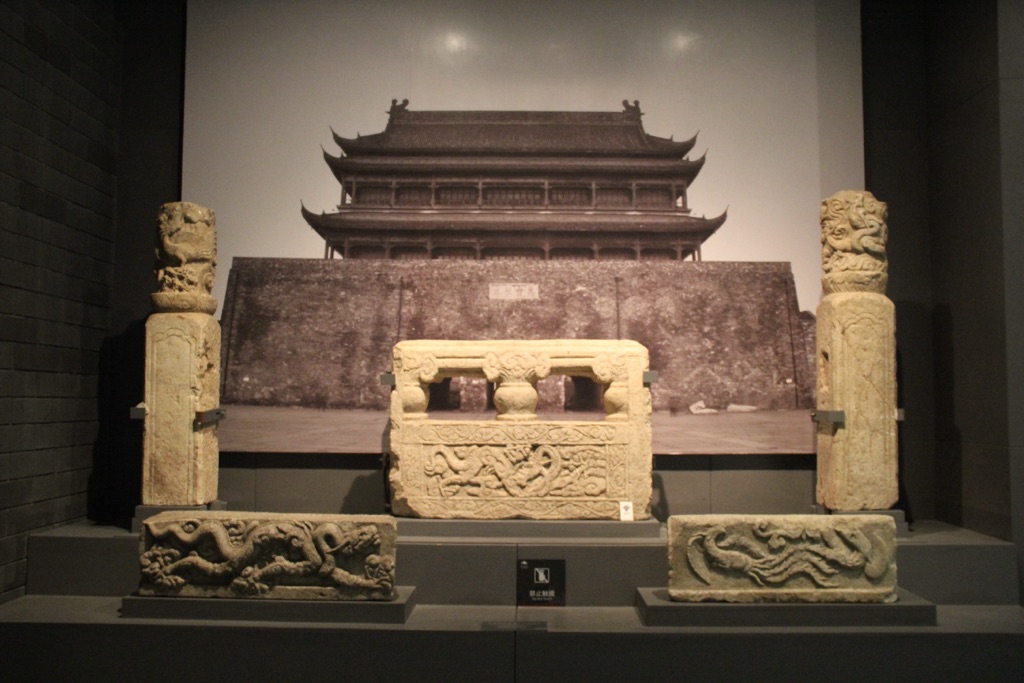Zhongdu, the capital of the Jurchen-led Jin dynasty in the 12th and 13th centuries, stood as a testament to the dynasty’s might and cultural achievements. Located in what is now Beijing, China, it was a city of grandeur and strategic importance. The Mongols, under Genghis Khan, razed Zhongdu in 1215 during their westward expansion. Its history is a rich tapestry of power struggles, cultural exchanges, and architectural innovation, reflecting the complex dynamics of the period.
Get your dose of History via Email
Historical Background of Zhongdu
The Jin dynasty established Zhongdu as their capital in the early 12th century. The Jurchens, a semi-nomadic people from the region of Manchuria, conquered the Northern Song dynasty to create their own empire. They chose the site for its strategic location and fertile lands. The city’s construction showcased the Jurchens’ transition from nomadic conquerors to settled rulers. Zhongdu became a hub of power, culture, and trade until its destruction by the Mongols.
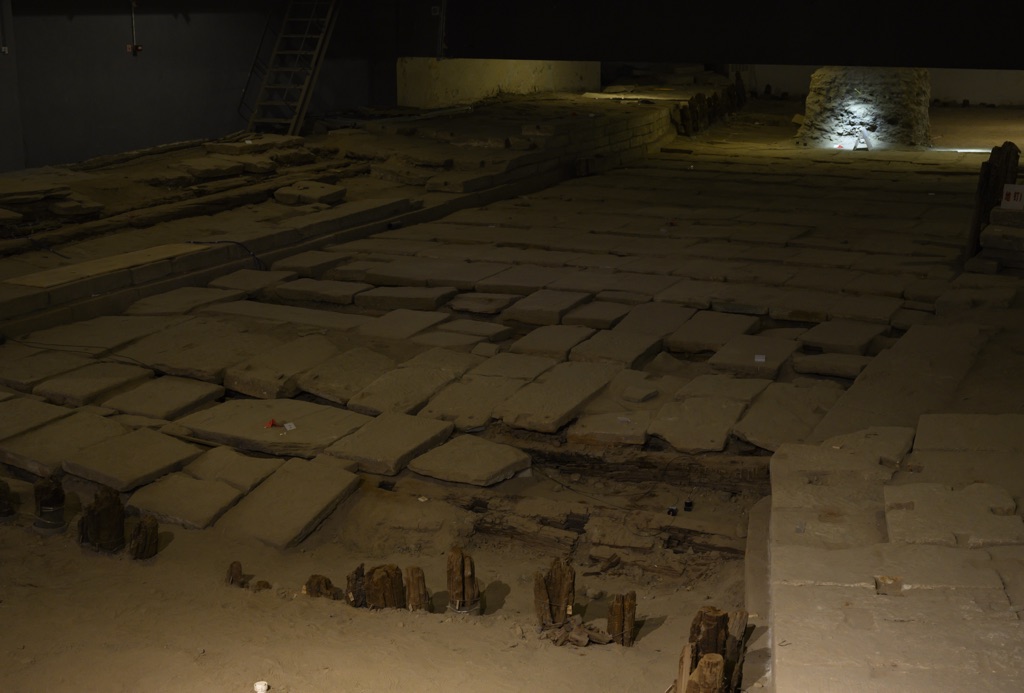
Archaeological discoveries and historical records have shed light on Zhongdu’s past. The city’s layout, with its imperial palaces and administrative quarters, was unearthed through excavations. These findings have helped historians piece together its urban structure. Marco Polo, among other travelers, documented the city’s splendor, contributing to our understanding of its significance.
The Jin dynasty’s rulers built Zhongdu to reflect their power and legitimacy. They incorporated Chinese architectural styles, symbolizing their rule over the Chinese heartland. The city also bore witness to significant events, such as the Jin-Song wars and the Mongol invasions, which shaped the course of East Asian history.
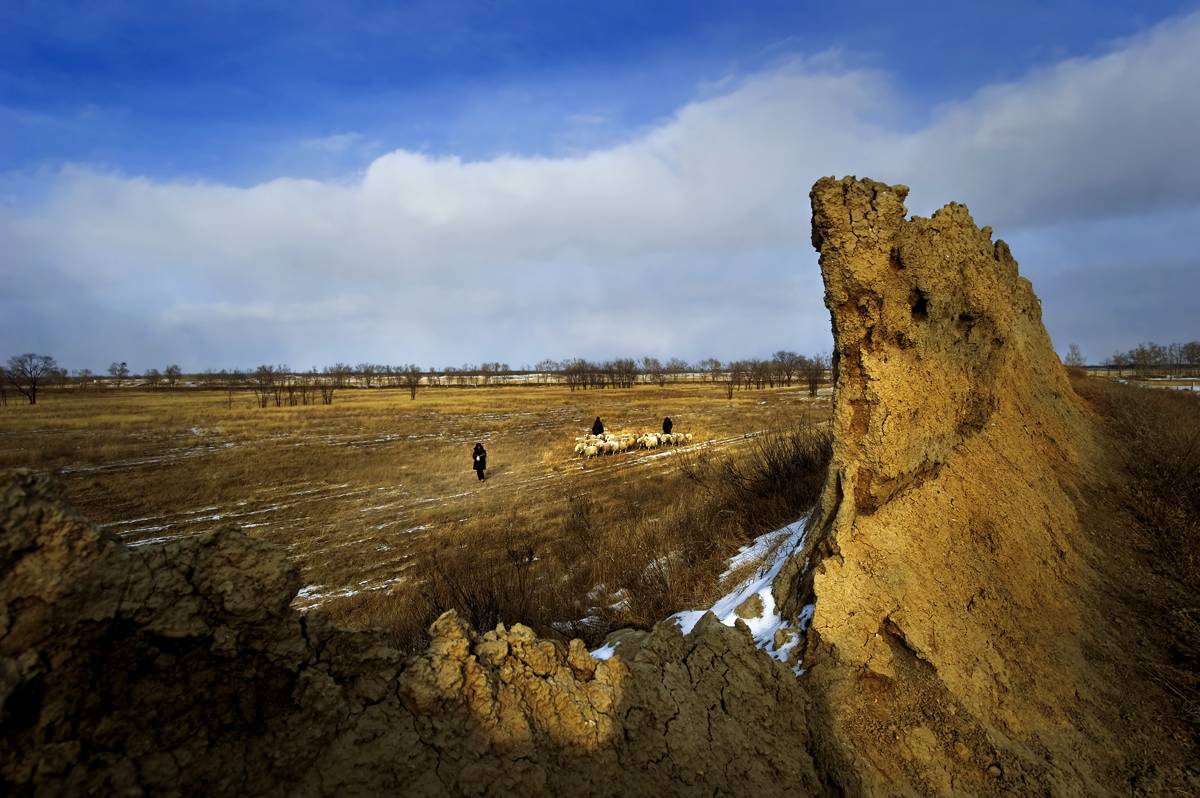
After the Mongol conquest, Zhongdu’s importance waned, but its legacy lived on. The Yuan dynasty, established by the Mongols, built their capital, Dadu, on its ruins. This continuity highlights the enduring significance of the site in Chinese imperial history. Zhongdu’s influence extended beyond its lifespan, affecting subsequent dynasties and the development of Beijing.
Despite its destruction, Zhongdu’s memory persists through historical texts and archaeological research. The city’s remains, though scarce, offer a glimpse into a time when the Jin dynasty reigned supreme. Its story is one of cultural synthesis, political might, and the transformative impact of warfare in medieval China.
About Zhongdu
Zhongdu stood as a marvel of medieval Chinese engineering and urban planning. The city was fortified with massive walls, watchtowers, and gates, designed to protect it from invaders. Its palaces and temples showcased the architectural prowess of the Jin dynasty, blending Chinese and Jurchen elements. The use of rammed earth, wood, and tiles in construction was typical of the period.
The city’s layout was methodical, with a grid pattern of streets and districts. The imperial palace complex sat at its heart, surrounded by government buildings and the homes of the elite. Markets, residential areas, and religious institutions filled the urban landscape, reflecting a well-organized society.
Artisans and builders employed advanced techniques to construct Zhongdu’s infrastructure. The city boasted an elaborate water system for irrigation and sanitation, a testament to the Jin dynasty’s ingenuity. Its grandeur was not just functional but also symbolic, representing the dynasty’s cosmopolitan vision and administrative acumen.
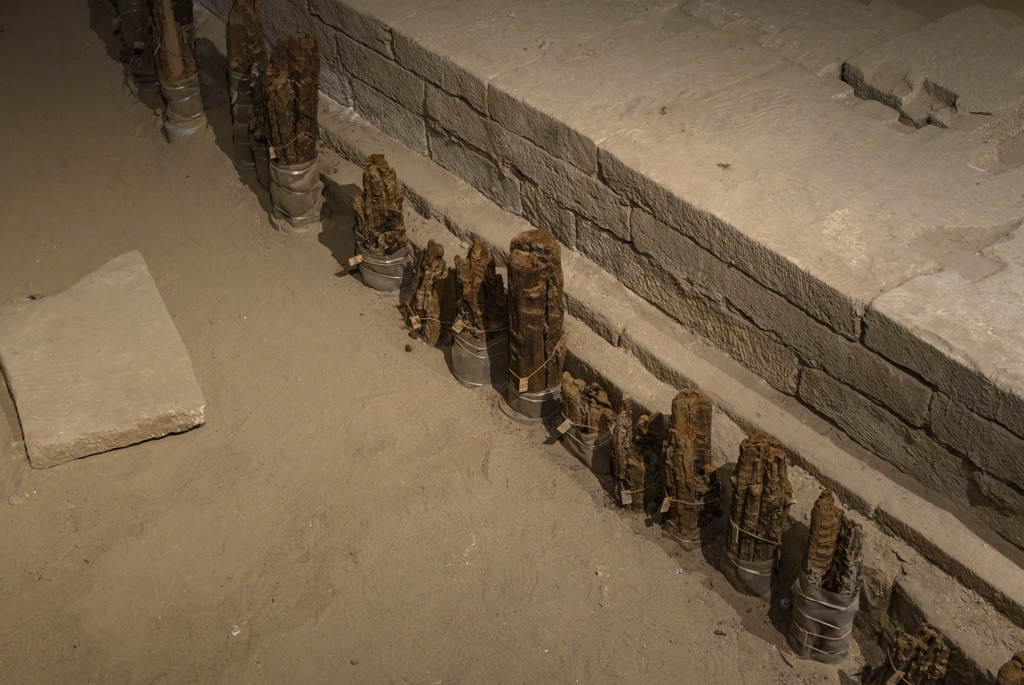
Despite the ravages of time and war, some architectural highlights of Zhongdu remain. The White Pagoda in present-day Beijing, for instance, echoes the city’s past. It serves as a reminder of the grand temples that once adorned the capital, drawing pilgrims and scholars from across the realm.
The craftsmanship of Zhongdu’s builders left an indelible mark on Chinese history. The city’s design influenced later imperial capitals, and its ruins continue to captivate archaeologists and historians. The blend of practicality and aesthetics in its construction speaks volumes about the Jin dynasty’s sophistication and cultural legacy.
Theories and Interpretations
Several theories about Zhongdu’s purpose and design have emerged over time. Some scholars suggest that the city’s layout was influenced by feng shui principles, aiming to harmonize with the natural environment. Others believe that its design was a political statement, asserting the Jin dynasty’s dominance over the Chinese heartland.
The mystery of Zhongdu’s exact appearance has led to various interpretations. While historical texts and archaeological evidence provide clues, much of the city’s grandeur is left to the imagination. Reconstructions and models attempt to visualize its splendor, but the full picture remains elusive.
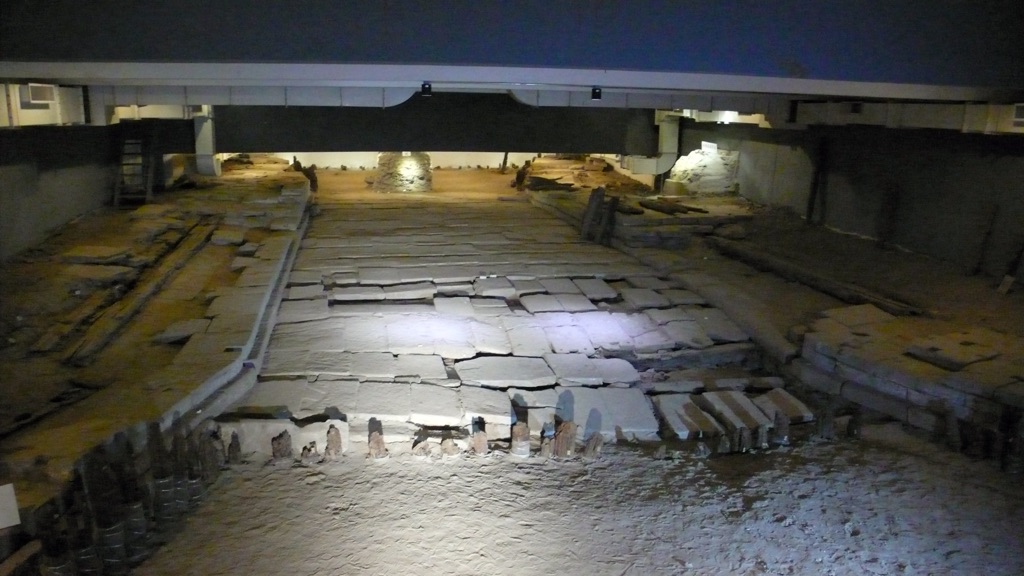
Historians have debated the extent of cultural exchange within Zhongdu. The city was a melting pot, with influences from Chinese, Jurchen, and other cultures. This blend is evident in the artifacts and architectural remnants that have been uncovered, pointing to a diverse and dynamic society.
Dating Zhongdu has relied on a combination of historical records and scientific methods. Carbon dating and stratigraphy have been used to determine the age of artifacts and structures. These techniques have helped confirm the timeline of the city’s rise and fall, aligning with historical accounts.
The interpretations of Zhongdu’s history are continually refined as new discoveries are made. Each finding adds a piece to the puzzle, enriching our understanding of the Jin dynasty and its capital. The city’s story is a tapestry woven from fact and legend, offering insights into a bygone era of Chinese history.
At a glance
Country: China
Civilization: Jin dynasty (Jurchen-led)
Age: Established in the early 12th century, destroyed in 1215 AD
Conclusion and Sources
Reputable sources used in the creation of this article:
- Wikipedia – https://en.wikipedia.org/wiki/Zhongdu
- Britannica – https://www.britannica.com/place/Beijing
- World History Encyclopedia – https://www.worldhistory.org/Jin_Dynasty/

